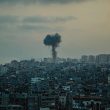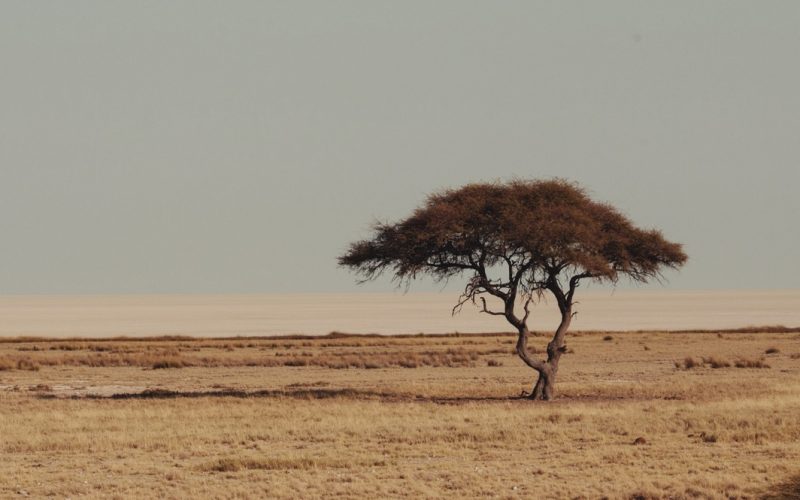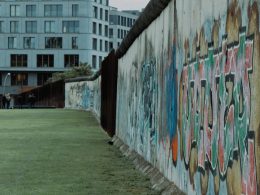Table of Contents Show
I. Historical Context: The Seeds of Division
The Rwandan Genocide, which erupted in April 1994, was not an isolated event but rather the culmination of decades of ethnic tension and political strife. The conflict primarily involved two ethnic groups: the Hutu and the Tutsi. Although both groups share a common culture and language, colonial rule by the Belgians exacerbated pre-existing divisions, creating a hierarchy that privileged the Tutsi minority over the Hutu majority. This colonial favoritism entrenched resentment among the Hutu population and sowed the seeds of future violence.
After gaining independence from Belgium in 1962, Rwanda experienced a power shift that marked the beginning of a new era of Hutu dominance. However, this shift did not bring about peace; instead, it led to a cycle of violence, discrimination, and retribution. Hutu extremists increasingly vilified the Tutsi minority, portraying them as the enemy and scapegoating them for the country’s economic struggles. Tensions boiled over into violence in 1990, when the Rwandan Patriotic Front (RPF), composed primarily of Tutsi exiles, invaded from Uganda, sparking a civil war.
The international community’s response to these events was largely muted, reflecting a broader trend of indifference to the plight of African nations. The United Nations established a peacekeeping mission, the United Nations Assistance Mission for Rwanda (UNAMIR), led by General Romeo Dallaire, to monitor the ceasefire and facilitate negotiations between the warring factions. However, the mission was hamstrung by limited resources and a lack of political will from member states, leaving it ill-equipped to prevent the impending disaster.
As the civil war raged on, the Hutu extremists, fearing a loss of power and influenced by propaganda that dehumanized the Tutsi, began to prepare for a final solution. The assassination of Rwandan President Juvénal Habyarimana on April 6, 1994, was the catalyst for the genocide, unleashing a wave of violence that would engulf the nation.
II. The Genocide Unleashed: A Nation in Flames
In the days following the assassination of Habyarimana, chaos descended upon Rwanda. Hutu extremists quickly mobilized, launching a systematic campaign of mass murder against the Tutsi population and moderate Hutus who opposed the violence. What ensued was a genocide marked by extreme brutality, as neighbors turned on neighbors, and communities were torn apart.
Over the course of approximately 100 days, an estimated 800,000 Tutsi and moderate Hutus were slaughtered. The methods of killing were horrifically brutal; machetes became the weapons of choice, as the Hutu militia, known as the Interahamwe, sought to eliminate their perceived enemies. The genocide unfolded with terrifying speed, facilitated by a well-organized network of militia groups, local leaders, and government officials who encouraged and orchestrated the violence.
The international response during this critical period was characterized by a shocking lack of urgency and action. Despite clear evidence of genocide, the United Nations Security Council was hesitant to label the events as such, fearing the political ramifications of intervening in what was viewed as a civil conflict. The U.N. peacekeeping forces in Rwanda were given orders to minimize engagement, further hampering their ability to protect civilians. Dallaire and his forces found themselves caught in a moral and operational quagmire, unable to stop the violence or provide adequate protection for those seeking refuge.
As the genocide unfolded, the world watched with a mix of horror and indifference. Media coverage, while present, was often insufficient to mobilize a global response. The haunting images and stories of survival and death revealed the depths of human cruelty, yet they failed to galvanize significant international action. The lack of intervention became a source of enduring shame and regret, highlighting the moral failings of the international community in the face of genocide.
III. The Aftermath: A Nation Reeling from Trauma
The genocide left an indelible mark on Rwanda and its people. As the violence subsided in July 1994 with the victory of the RPF and the establishment of a new government, the nation faced the daunting task of rebuilding from the ashes of devastation. The death toll, estimated at approximately 800,000, represented not just a loss of life but also a profound loss of culture, history, and community. Entire families and neighborhoods were decimated, leaving survivors grappling with grief, trauma, and a shattered sense of identity.
The new RPF-led government, under the leadership of Paul Kagame, faced immediate challenges in fostering reconciliation and rebuilding a fractured society. The question of justice loomed large: How could a society that had been so deeply divided by hatred and violence begin to heal? The government initiated a process of justice known as Gacaca, a community-based court system aimed at addressing the crimes of the genocide while promoting dialogue and reconciliation among survivors and perpetrators. This innovative approach sought to blend traditional justice practices with the need for accountability, offering a pathway for healing amidst the scars of violence.
However, the path to reconciliation was fraught with difficulties. Many survivors faced the painful reality of living alongside those who had committed atrocities against their families. Trust was shattered, and deep-seated wounds ran deep. The RPF government, while effective in restoring stability, was also criticized for its authoritarian tendencies, including the suppression of dissent and political opposition. The legacy of the genocide continued to shape Rwandan politics, as questions of power, justice, and accountability remained unresolved.
On an international scale, the Rwandan Genocide forced a reckoning regarding the responsibilities of the global community. The failure to act decisively in 1994 became a rallying cry for advocates of humanitarian intervention and the protection of human rights. The United Nations faced scrutiny for its inability to prevent the genocide and its inadequate response to the crisis. In the years that followed, discussions surrounding the Responsibility to Protect (R2P) doctrine emerged, advocating for international action in the face of mass atrocities. The lessons of Rwanda served as a stark reminder of the consequences of inaction and the moral imperative to respond to impending crises.
IV. Reflection and Legacy: The Lessons of Rwanda
The legacy of the Rwandan Genocide continues to resonate in discussions about genocide prevention, human rights, and international intervention. It serves as a poignant reminder of the fragility of human dignity and the consequences of unchecked hatred and violence. The genocide was not simply a tragedy of numbers but a profound moral failure that exposed the vulnerabilities of societies caught in cycles of division and conflict.
In Rwanda, the journey toward healing and reconciliation is ongoing. The country has made significant strides in rebuilding its economy, infrastructure, and social fabric. Kagame’s government has promoted national unity and reconciliation initiatives aimed at fostering a collective identity beyond ethnic divisions. However, the scars of the past remain, and the quest for justice, truth, and acknowledgment of the genocide continues.
Internationally, the Rwandan Genocide has galvanized efforts to improve mechanisms for preventing mass atrocities and protecting vulnerable populations. The establishment of the International Criminal Tribunal for Rwanda (ICTR) in 1994 sought to hold perpetrators accountable and provide a measure of justice for victims. The tribunal faced its own challenges, including criticisms of its effectiveness and the complexities of prosecuting genocide.
The Rwandan Genocide also serves as a cautionary tale about the dangers of indifference and inaction in the face of human suffering. The international community’s failure to intervene in Rwanda echoes through contemporary discussions about humanitarian crises in places like Syria, Myanmar, and other conflict zones. The imperative to prioritize human rights and respond to atrocities remains critical in shaping foreign policy and international relations.
In reflecting on the Rwandan Genocide, we are confronted with the urgent need to confront the complexities of our shared humanity. It challenges us to recognize the warning signs of hatred and division in our own societies and to respond with courage and compassion. The lessons of Rwanda remind us that the pursuit of justice, reconciliation, and understanding is not only a moral obligation but also a pathway to building a more just and peaceful world.
As we remember the victims of the Rwandan Genocide, we honor their lives by striving to ensure that such horrors are never repeated. The call for vigilance, empathy, and active engagement in preventing mass atrocities remains as relevant today as it was in 1994. The legacy of Rwanda implores us to stand against hatred and violence, to advocate for the marginalized, and to promote a culture of understanding that transcends the divisions that so often plague our world.









